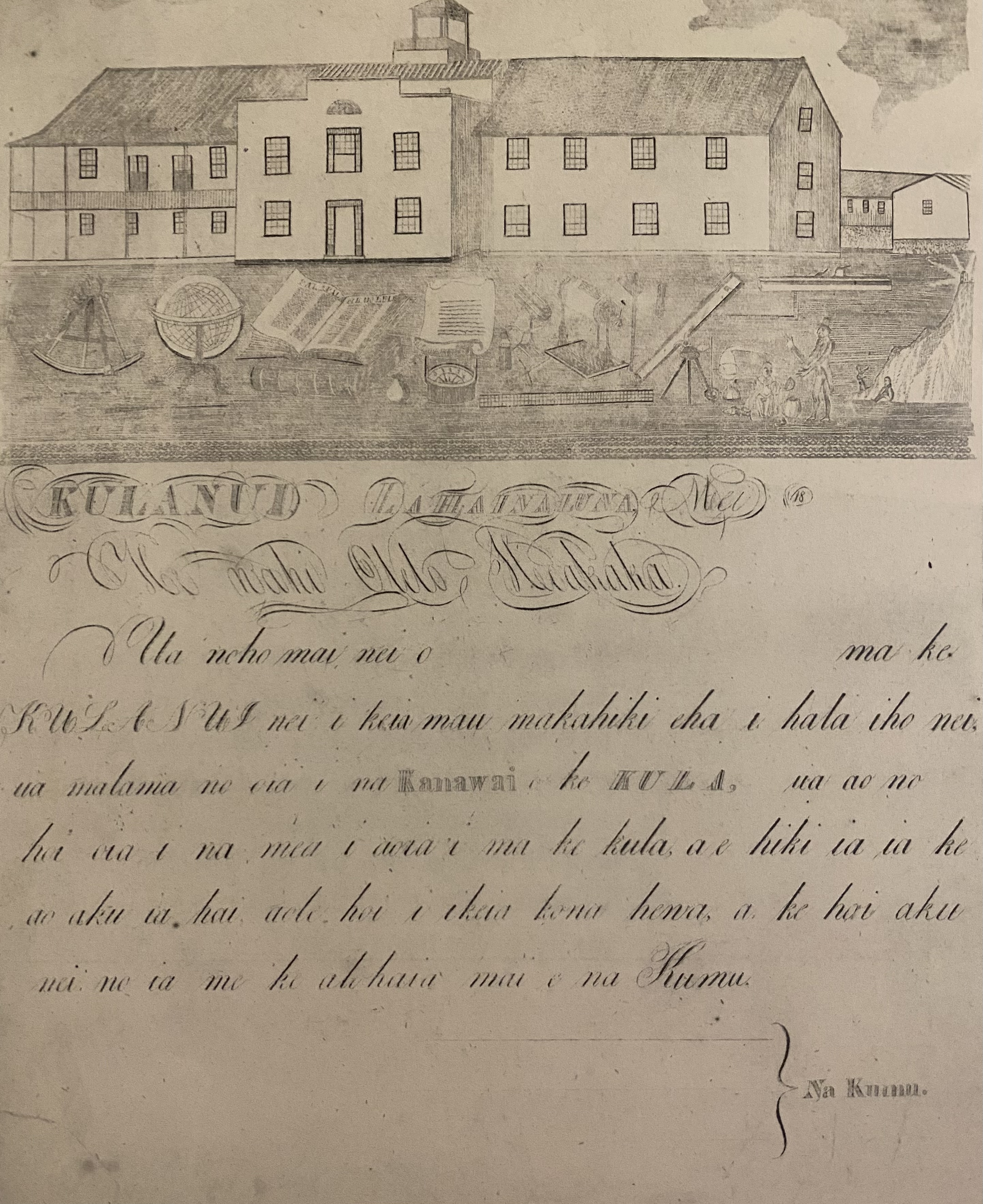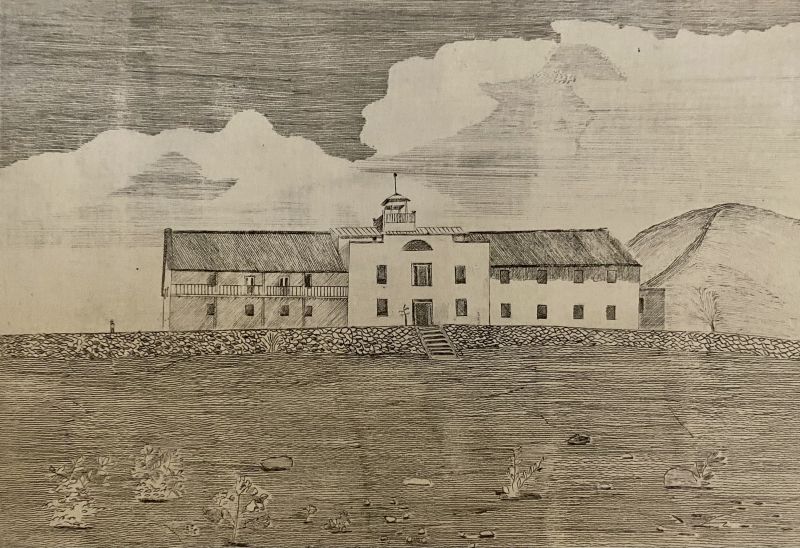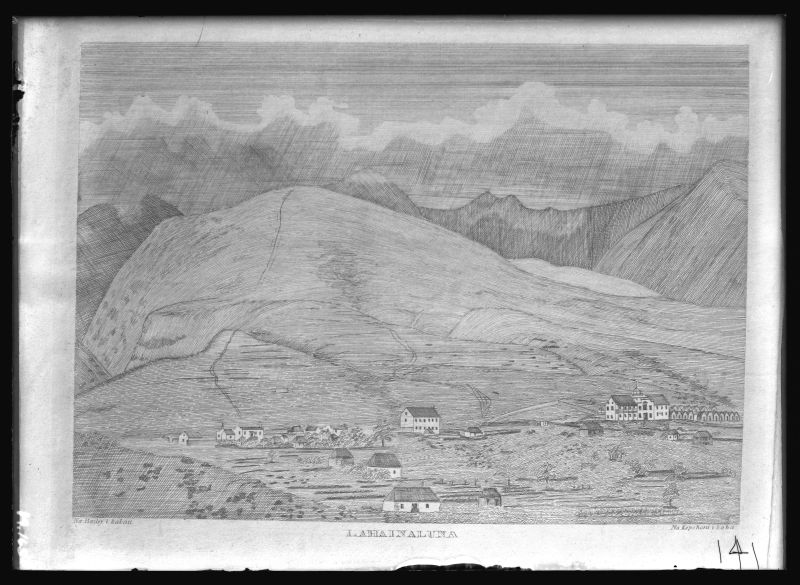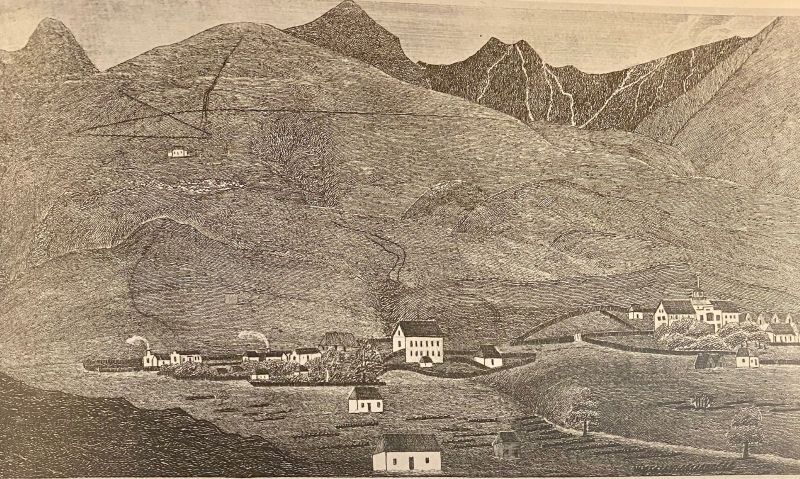Digital Collections
Celebrating the breadth and depth of Hawaiian knowledge. Amplifying Pacific voices of resiliency and hope. Recording the wisdom of past and present to help shape our future.
Lahainaluna High School (originally Lahainaluna Seminary) was established in 1831 and throughout its nearly 200 year history, it has played a pivotal role in Hawaiian history. Powerful aliʻi of the Kamehameha dynasty including Ulumāheihei (Hoapili Kāne), his wife Kaheiheimālie (Hoapili Wahine), and Kaʻahumanu were instrumental in the establishment of the school on the slopes of Lahainaluna, providing lands in Paʻupaʻu and nearby ʻAuwaiawao to the missionaries for the purposes of education. Although initially established by the American Board of Missions, the Hawaiian monarchy took over school operations in 1850 and thus it became a public institution. By the mid-1860s, Lahainaluna was considered the premiere site for producing the most qualified graduates for leadership roles in the community and kingdom government. Many prominent Hawaiian scholars, political leaders, historians, and teachers of the time were Lahainaluna graduates, including Timoteo Haʻalilio, David Malo, Samuel Kamakau, Joseph Nāwahī, and many others.
While Lahainaluna was recognized as the educational center for royalty and chiefs, its printing house, known as Hale Paʻi, served as the hub for the creation and dissemination of information for the masses.
School records tell us that in 1834, an old Ramage Press was shipped from Honolulu and installed on campus in a small thatched-roof hut. Students were taught how to set type, operate the press, create copper engravings, and bind books. Textbooks and teaching aids were created and continually improved. The original press printed the first newspaper published [in the Hawaiian Kingdom and] west of the Rocky Mountains on February 14, 1834. It was a four-page weekly called Ka Lama Hawaii.
In 1837, construction began on a new building, which would provide a permanent home for the school’s press. Fieldstone was gathered from the surrounding hillsides, timbers were cut from forests on the opposite side of the island and laboriously hauled to the site. Lime for mortar was made down at the shoreline by burning coral that had been culled from offshore reefs. The result was a strong, pitched-roof, two-room house that served the school for more than a century.
www.lahainarestoration.org/halepai
The teachers and students of Lahainaluna who ran Hale Paʻi would go on to print many other critical pieces of Hawaiian history, including the first constitution of the Hawaiian Kingdom in 1840.



courtesy of: Hawaiʻi State Archives



courtesy of: Bernice Pauahi Bishop Museum